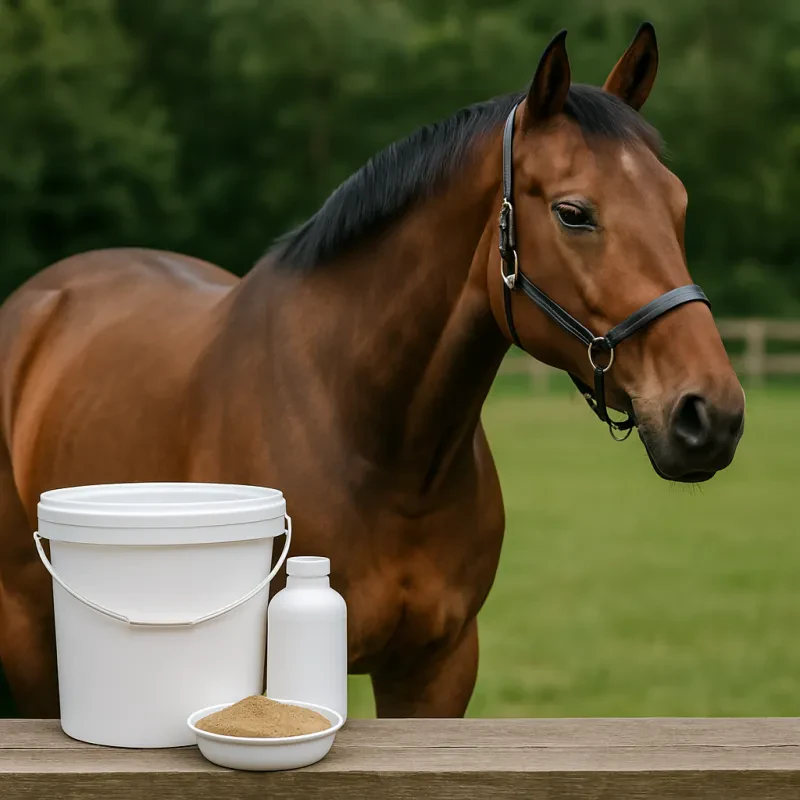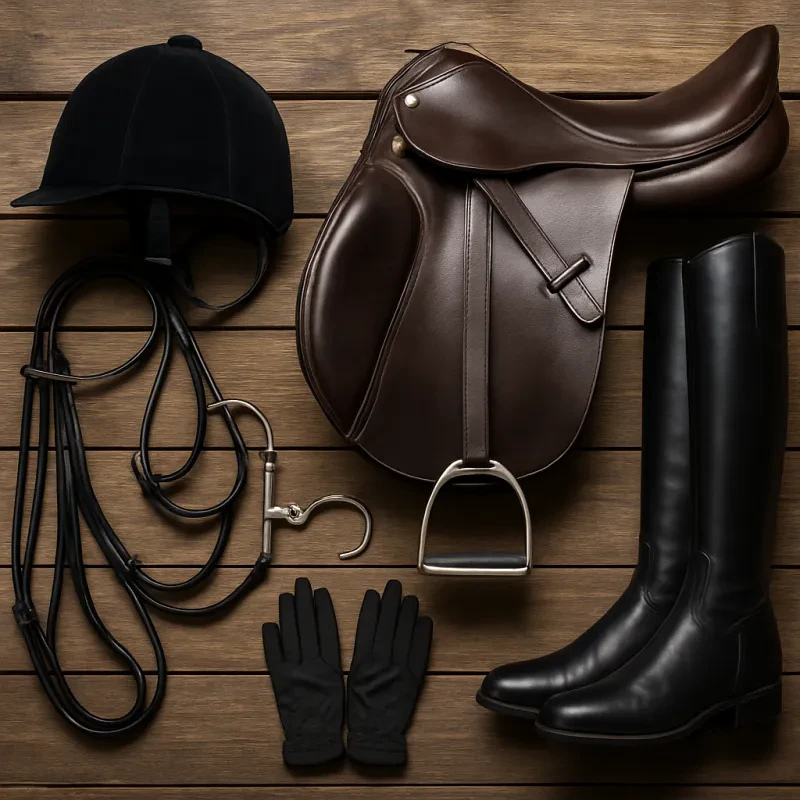When it comes to selecting the best saddle for your horse, it's important to consider the materials and construction of the saddle. The materials used in a saddle can greatly impact its comfort, durability, and performance. There are various types of materials commonly used in saddle construction, with each offering its own set of advantages and drawbacks.
Leather is one of the most popular materials used in saddle making due to its durability, flexibility, and classic look. However, leather can be heavy and require more maintenance compared to synthetic materials. Synthetic materials like nylon and neoprene are lightweight, easy to clean, and often more affordable than leather. They are also water-resistant and can withstand harsh weather conditions.
The construction of a saddle is another important factor to consider. A well-constructed saddle will ensure proper weight distribution, comfort for both horse and rider, and longevity. Look for saddles with reinforced stitching, sturdy tree (the frame of the saddle), and high-quality hardware. Make sure to also consider the design and fit of the saddle to ensure it will suit your riding style and your horse's needs.
Finding the Right Size for Your Horse
When it comes to selecting the best saddle for your horse, one of the most important factors to consider is finding the right size. A saddle that is too small or too big can cause discomfort and even injury to your horse, so it's crucial to ensure that you get the proper fit.
To find the right size saddle for your horse, you'll need to measure the length of their back. Start by placing a measuring tape at the base of the withers and extending it all the way back to where the croup ends. This measurement will give you an idea of how long your horse's back is, which will help you determine the appropriate saddle size.
In addition to measuring the length of your horse's back, you'll also need to consider the shape of their back. Some horses have higher withers or a more prominent spine, which may require a saddle with a higher gullet or specialized padding to ensure a comfortable fit. Be sure to take these factors into account when selecting the right size saddle for your horse. With the proper measurements and consideration of your horse's unique shape, you can find a saddle that fits like a glove and keeps your horse happy and healthy during rides.
Comfort Features to Consider for Long Rides
One of the most important factors to consider when selecting a saddle for your horse is the comfort features that will provide both you and your equine companion with a pleasant riding experience, especially on long rides. Whether you are an experienced rider or a beginner, it is crucial to invest in a saddle that prioritizes comfort to prevent soreness and ensure a smooth ride.
One key comfort feature to consider is the padding of the saddle. A well-padded saddle will help cushion both you and your horse from the impact of riding on uneven terrain, reducing the risk of discomfort or injury. Look for a saddle with ample padding that is also breathable to prevent overheating during long rides.
Another important feature to consider is the design of the saddle seat. A comfortable seat will provide proper support and alignment for your body, reducing strain on your back and hips. Look for a saddle with a deep seat and padded cantle for added comfort and security during long rides.
Lastly, consider the stirrups of the saddle. Adjustable stirrups allow you to find the perfect fit for your leg length and riding position, reducing fatigue and improving your overall comfort during long rides. Look for stirrups that are wide and padded to prevent pressure points on your feet and ankles. By prioritizing these comfort features when selecting a saddle for your horse, you can ensure a more enjoyable and pain-free riding experience for both you and your equine partner.
Maintenance Tips for Keeping Your Saddle in Top Shape
Proper maintenance is key in ensuring that your saddle lasts a long time and remains in excellent condition. Here are some essential tips to help keep your saddle in top shape:
1. Regular Cleaning: It's important to regularly clean your saddle to remove dirt, sweat, and grime that can build up over time. Use a damp cloth and saddle soap to gently clean the surface of your saddle. Avoid using harsh cleaning agents or chemicals that can damage the leather.
2. Conditioning: Leather saddles need to be conditioned regularly to keep them soft and supple. Use a high-quality leather conditioner to moisturize the leather and prevent it from drying out and cracking. Apply the conditioner with a clean cloth, working it into the leather in a circular motion.
3. Storage: When not in use, store your saddle in a cool, dry place away from direct sunlight and extreme temperatures. Avoid hanging your saddle by the stirrups, as this can cause them to stretch out of shape. Use a saddle cover to protect your saddle from dust and dirt when not in use.
4. Inspection: Regularly inspect your saddle for any signs of wear and tear, such as loose stitching, cracked leather, or broken hardware. Address any issues promptly to prevent them from worsening. It's also a good idea to have your saddle professionally inspected and serviced on a regular basis to ensure it remains in top condition.


